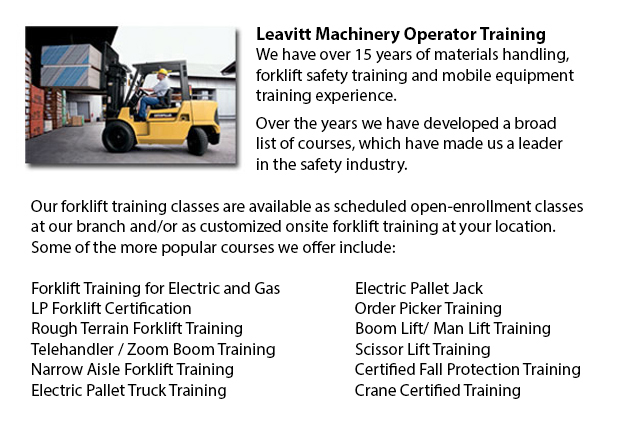
Boom vehicle are often applied by phone, cable television and utilities firms as they have long folded arms which are normally folded over the roofs of company vans. On the end of the extension of extendable arms frequently sits a bucket-like apparatus. When a container vehicle has an extendable boom installed on the roof this is often called an "aerial boom truck" or a "cherry picker". It can transport workers to the top of a telephone or utility pole. Bucket boom vehicles have a hauling capacity of around 350 lbs to 1500 lbs or 158 kg to 680 kg plus they are able of extending the bucket up to 34 feet or to around 10 meters into the air.
Construction boom vehicles or heavy duty boom trucks will regularly have a crane attachment on the rear. Often termed knuckle booms, these cranes can be shorter and more compact than the trolley boom, which has a boom able to extend the length of the truck. Crane boom trucks include a lifting capability between 10 to 50 tons or about 9 to 45 metric tons.
Another modification of boom truck is the concrete boom, which possess a pipe with a nozzle at the end of the truck to pump concrete and other resources. The locations where these resources ought to be deposited is usually inaccessible to the truck or is found at a considerable height, therefore, the boom of a larger concrete boom truck might be extended 230 feet or approximately 71 meters. The vehicle then pumps the concrete through the boom precisely depositing it into the space where it is needed.
Fire engines are frequently outfitted with a boom container able to hoist firefighters up to the higher floors of structures. Furthermore, this boom will allow firefighters to aim the flow of water or to engage or rescue trapped victims. A lot of of the older hook and ladder trucks have been replaced by contemporary boom trucks.
There is in addition a small self-propelled boom truck, similar to a forklift that is existing on the market for large warehouses or production facilities. These mini boom trucks can elevate employees to upper storage areas or to the ceiling of the building. They are far safer and more stable than using an extension ladder for the equivalent application.
-
Komatsu Forklift
Komatsu Forklift U.S.A. Inc., a member of the Komatsu Ltd. family, has an encouraging reputation for building durable and reliable forklifts. They are recognized globally as a business who has a proud heritage and who maintains a standard of superior... More -
Pneumatic Forklifts
Pneumatic lift trucks are often called pallet lift trucks or pump trucks and are commonly used in warehouses and delivery facilities to move resources on pallets. Pneumatic lift trucks comprises a pair of metallic forks mounted on a wheeled counterwe... More -
Toyota Forklift
Since 1992, Toyota Material Handling inc., U.S.A., also called TMHU, have been the top selling lift truck dealer in the United States. Proudly celebrating more than 40 years of performance, the Irvine, California based company presents an extensive l... More -
Genie Forklift
Genie is a universally recognized company that enjoys the spirit of partnership with their extensive network of connected customers. Genie Industries prides itself on the idea of bringing materials and people higher and extending beyond the products... More -
Clark Forklift
Presently, there are at least 350,000 Clark forklifts performing worldwide, and upwards of 250,000 in commission in North America alone. With five major lines across the globe, Clark is proud to be one of the most expansive organizations in the indus... More

Forklift Training Goodyear
TOLL FREE: 1-888-254-6157
Goodyear, Arizona
forkliftcertificationgoodyear.com
Email Us
About Us


